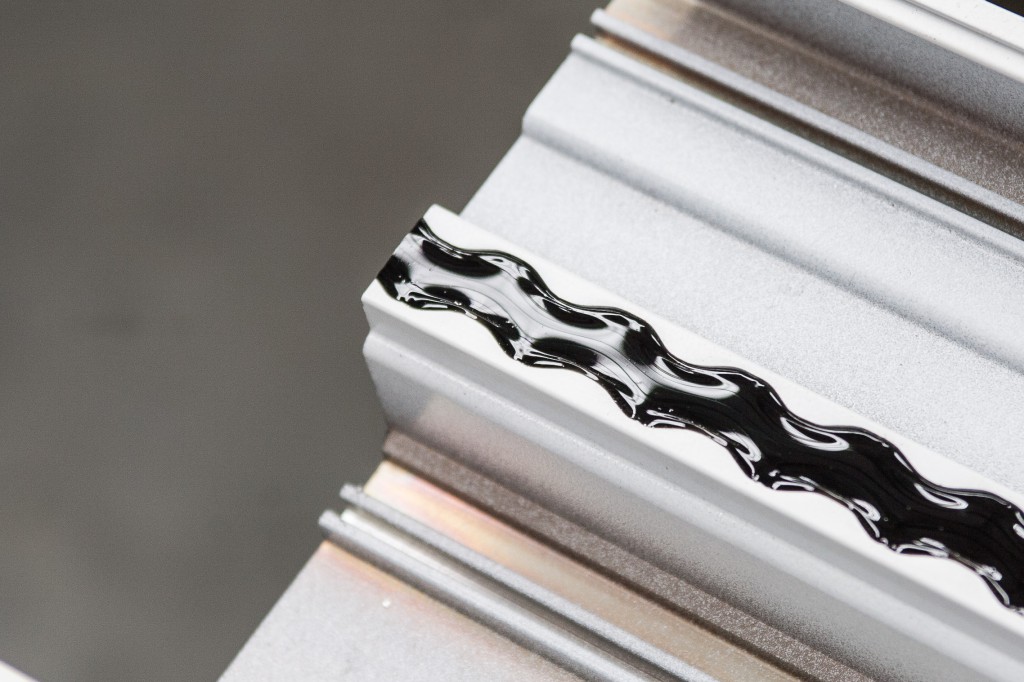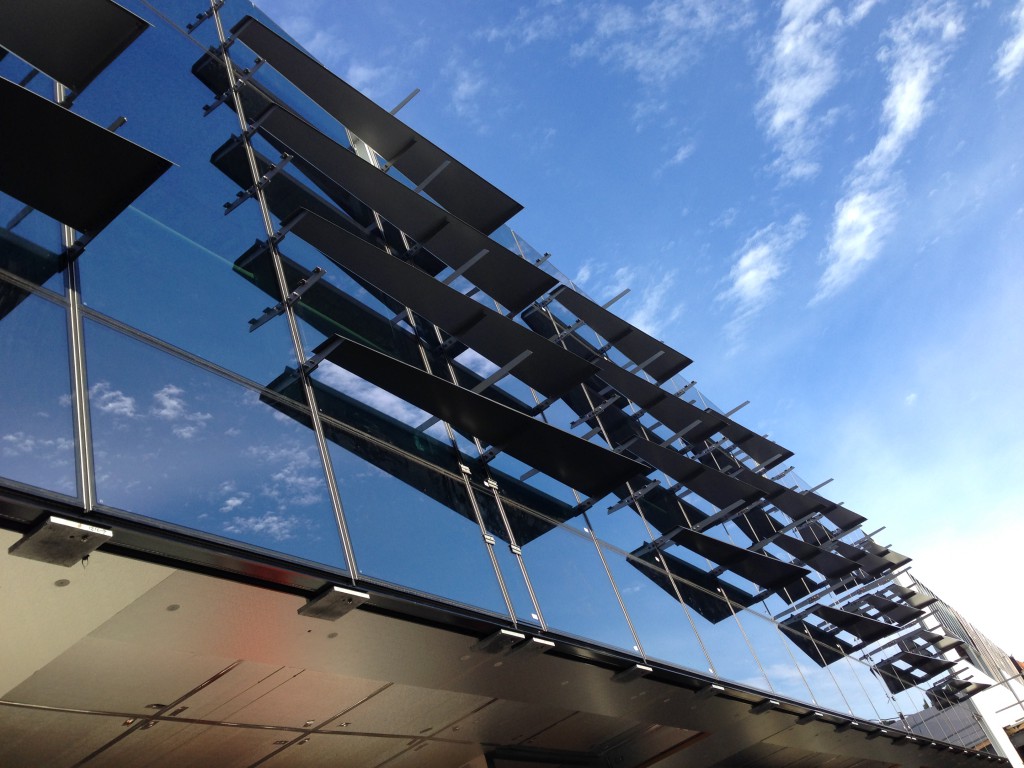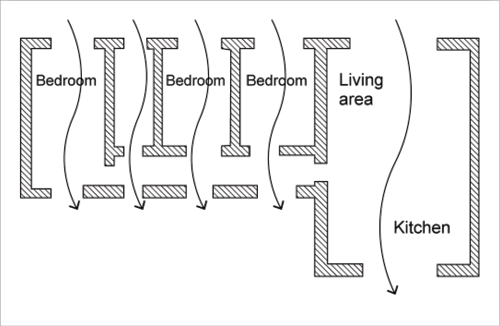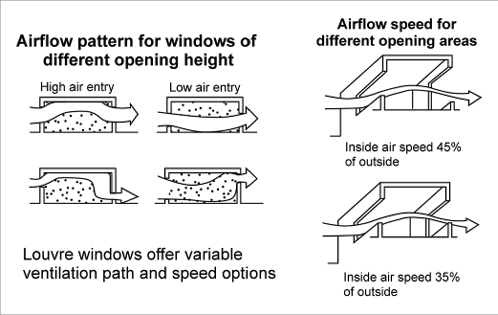07 Nov Five ways windows will help you stay cool this Summer
Today it’s going to be 32 degrees in Melbourne. By midday the scorching sun will have made outside unbearable (unless you’re lucky enough to be beach side), even interior environments will be impacted by today’s heat.
We spend so much time inside, it’s vital we create space enjoyable in all weather conditions. Sure, you might be thinking “I can control temperature with the flick of a button, air conditioner on, tah-dah, inside is refrigerated”. But is that really sustainably responsible?
Interiors gain heat via building façades. Insulation, cladding, structural frames and glazing contribute significantly to interior comfort. Windows have one of the greatest impacts on temperature transfer. Technology and intelligent architecture can make a profound difference in the role windows play during summer months. Be smart, specify well and stay cool by employing the following passive cooling techniques.
1. Be cool, go thermally broken
Traditionally aluminium frames, especially when finished in dark colours absorb a lot of heat and conduct this heat inside. Thermal break technology provides a break in the aluminium section, preventing significant heat transfer. Thermal benefits of this technology are widely acknowledged for cool climates. It’s important to remember, reducing temperature transfer is also beneficial in warmer climates. While thermally broken frames stop heat escaping from buildings, they can impact heat entering structures too. Thermally broken frames can make interiors up to 40 percent cooler during warmer months. EDGE Architectural’s thermally broken framing system, U-MAX™, provides not only an aesthetically pleasing, flexible, Australian made design, it provides thermal comfort during winter and summer.
2. Shade well, shade right, stay cool
Have you ever been in a building with external shading that doesn’t quite cut it? External shading devices can be a powerful tool in reducing interior temperature. When designed with intelligence and creativity, shading provides projects with impressive architectural façade design, and noticeable heat gain reduction. Remember the following when specifying external shading.
- North: Fixed or adjustable horizontal shading above window and extending past it each side.
- East and West: Fixed or adjustable vertical louvres or blades; deep verandas or pergolas with deciduous vines.
- North East and North West: Adjustable shading or pergolas with deciduous vines to allow solar heating or verandas to exclude it in summer.
- South East and South West: Plants will cool air: deciduous in cool climates, evergreen in hot climates.
3. Operable sashes for summer breeze
When thermal performance and sustainable design originally came into prominence, architecture presented with minimal fenestrations, because openings meant buildings performed poorly in cooler climates. The compromise of this direction? In summer, a building with no, or low amounts of operable sashes cannot breathe and self cool. Cross ventilation is integral when cooling interior space, without needing electrical run air conditioner units. Windows placed on cross façades will allow cool afternoon breezes to enter and exist, cooling interior temperatures as they do. Often Southern breezes are coolest, so where possible South and North operable sashes are ideal, however, when it’s hot, any windows allowing cross ventilation will provide noticeable difference.
4. Keep it cool with the right style
Something interesting to consider: For breeze collection, window design is actually more important than orientation. Operable sash selection will impact airflow success.
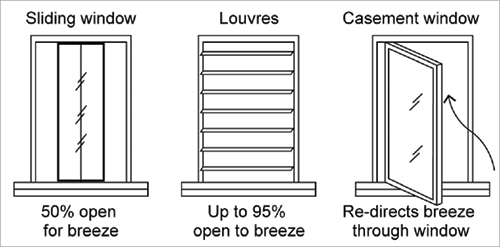
“Because breezes come from many directions and can be deflected or diverted, orientation to breeze direction is less important than the actual design of windows and openings to collect and direct breezes within and through the home. Wind doesn’t blow through a building — it is sucked towards areas of lower air pressure. To draw the breeze through, use larger openings on the leeward (low pressure or downwind) side of the house and smaller openings on the breeze or windward (high pressure or upwind) side. Openings near the centre of the high pressure zone are more effective because pressure is highest near the centre of the windward wall and diminishes toward the edges as the wind finds other ways to move around the building.” (Source: YourHome)
5. Dressed windows are cool windows
Large spans of architectural glass are beautiful. But you know what’s not beautiful? Sweating like a beast from standing in a hot room. Don’t go to all the trouble of designing façades that prevents sun penetration, only to not finish your windows internally. UV stable fabrics with reflective properties will further reduce interior temperature. White 100 percent block out blinds are ideal when windows are in full sunlight. Sun control blinds reflect light and heat to ensure inside temperatures remain reasonable and enjoyable. Today an extensive range of blockout and translucent sun control blinds are available in numerous low profile architectural styles. Don’t forget to dress your windows!
Information and Image sourced from Your Home. Click here to read more.



